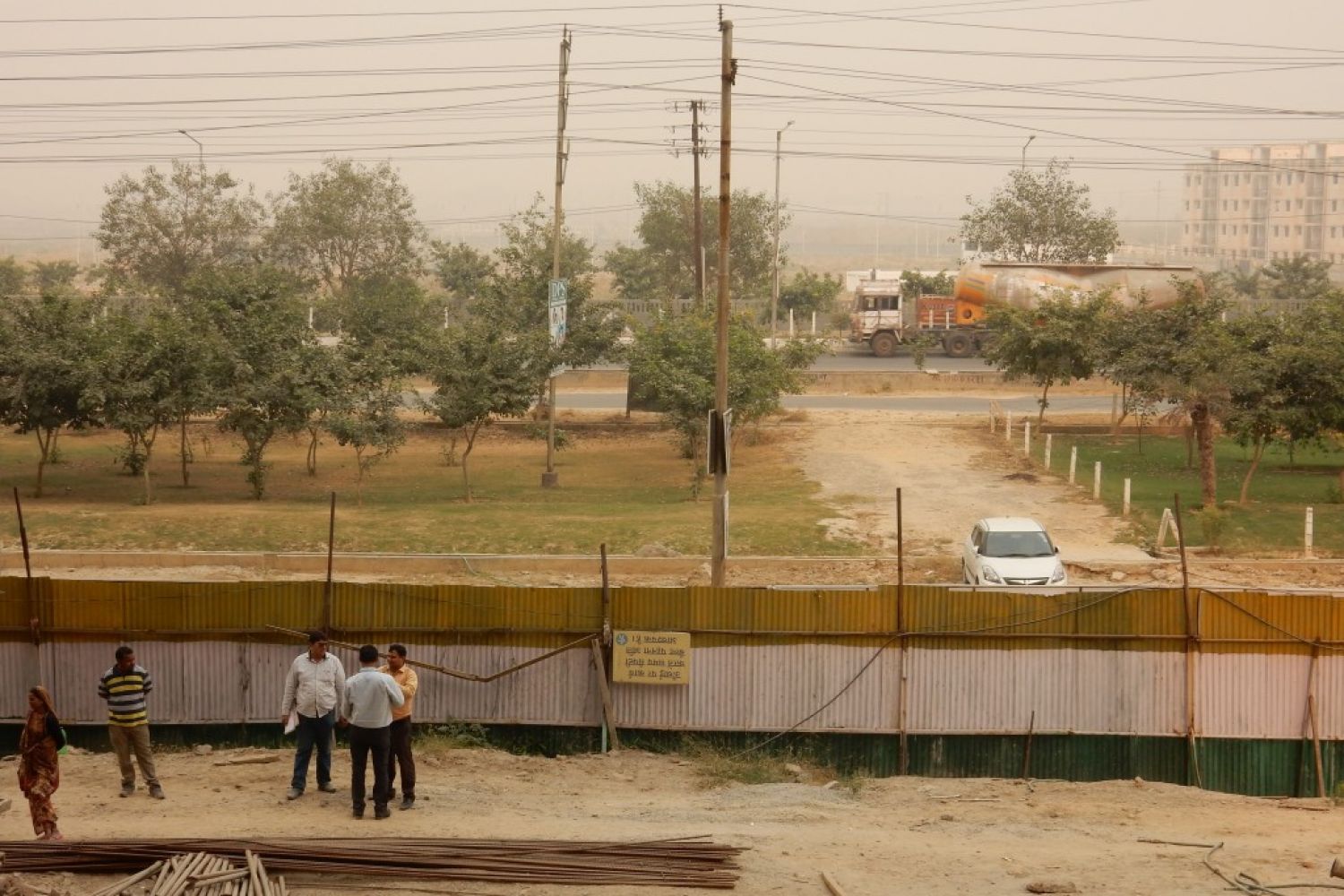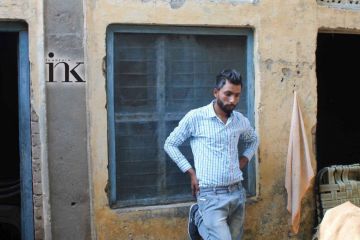
When Narendra Modi made the announcement on demonetisation
of 500- and 1,000-rupee notes on November 8, Manoj Mandal was on a train
from Darbhanga in Bihar to New Delhi with his wife, daughter (aged 18) and son
(aged 10). When he reached New Delhi railway station the next day, he learnt
that notes of more than Rs. 100 were only paper now; nobody at the station took
them.He was seriously agitated while his wife wept continuously
on the way to their small rented two-room accommodation in
Continue reading “Ground Report: From cashless to debtless”
Read this story with a subscription.





